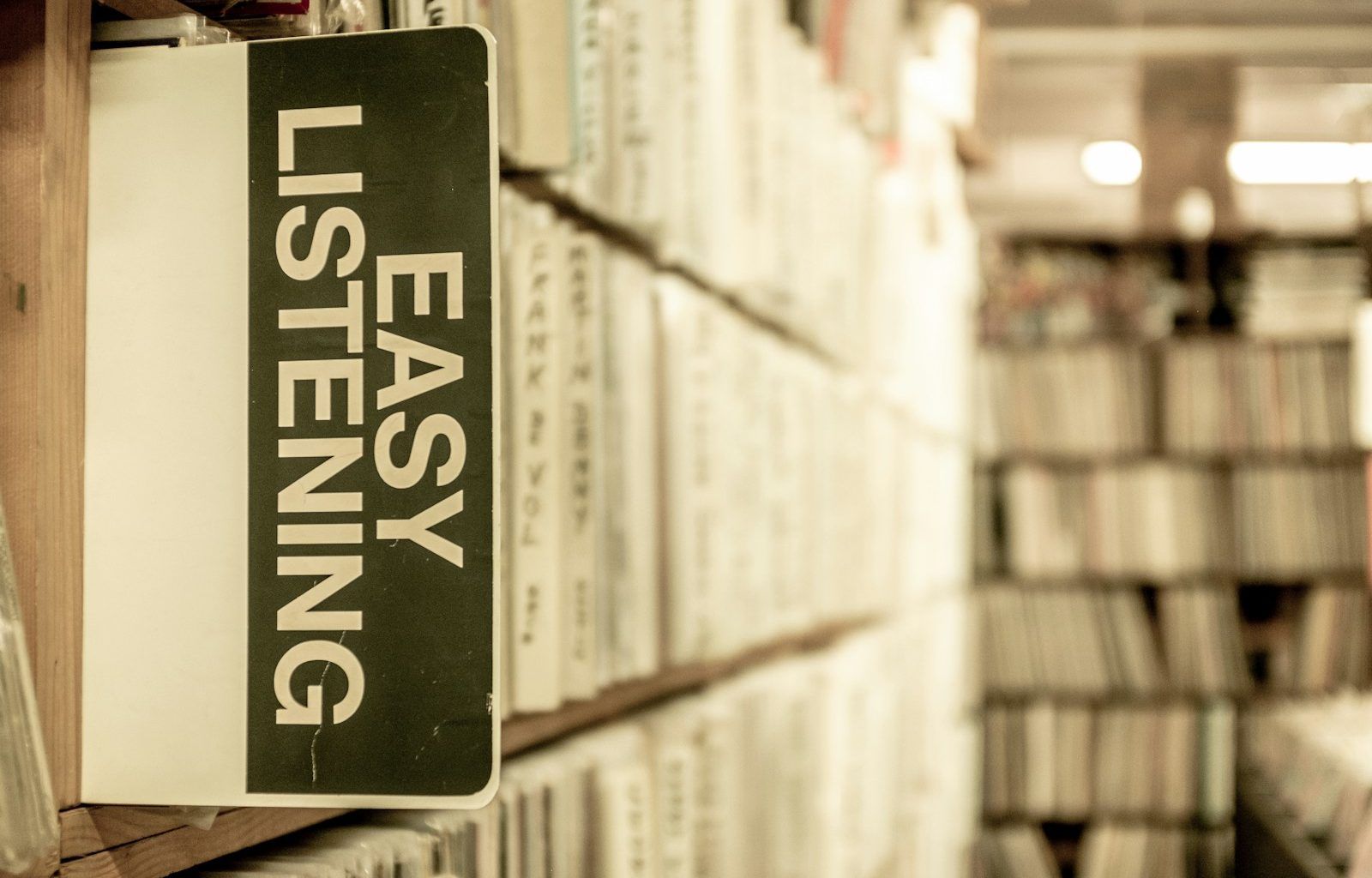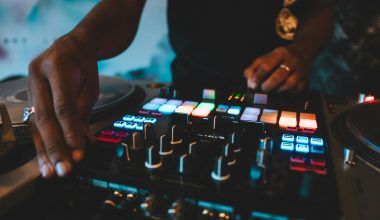If you’ve ever scrolled through your favorite music streaming app or browsed through records at a store, you might have come across the term “EP”. It’s one of those music-related terms that pops up often, but many people aren’t quite sure what does ep stand for album. So, let’s dive in and clear up the mystery: what does EP stand for when it comes to albums?
The Basics: EP vs. LP
To start, EP stands for “Extended Play”. An EP is essentially a short album or a long single, depending on how you look at it. It’s longer than a single but shorter than a full album, which is often called an LP, or “Long Play”. While a single usually has one or two songs, and an LP typically contains eight or more tracks, an EP typically falls somewhere in the middle with three to six songs. This makes it a perfect choice for artists who want to share new music without committing to a full album.
Why Artists Release EPs
You might wonder why an artist would release an EP instead of a full-length album or just a single. There are a few reasons for this. First, an EP allows artists to test the waters. For example, a new artist might release an EP to introduce themselves to listeners without the pressure of creating a full album. Established artists might use an EP to share new material between major album releases, keeping fans engaged while they work on a larger project.
Another reason is budget. Producing a full album can be expensive and time-consuming, especially for independent artists. An EP offers a more affordable way to release music and still showcase their talent.
A Brief History of the EP
The term EP has been around for decades. Originally, it was used in the vinyl record era to describe records that were longer than a single but not as long as an LP. These records were often used to highlight a few tracks from a new artist or to re-release older songs in a new format.
In the 1980s and 1990s, EPs became popular among indie bands and underground artists who wanted to share their music without the constraints of a full album. Today, EPs are used across all genres of music, from pop to hip-hop to rock.
How Long Is an EP?
As we mentioned earlier, an EP usually includes three to six songs, but there’s no hard-and-fast rule. In terms of length, most EPs are around 15 to 30 minutes long. This is just enough time to give listeners a taste of the artist’s style without overwhelming them with too much content.
EPs in the Digital Age
In today’s world of streaming and digital downloads, the lines between singles, EPs, and albums have blurred a bit. Some artists release short projects and call them albums, while others might label a similar-length release as an EP. The main difference often comes down to how the artist wants to present their work and how it’s marketed.
For example, an artist might choose to release an EP as a way to share a cohesive set of songs that don’t quite fit into a full album. Alternatively, they might use it to explore a new sound or collaborate with other musicians.
Examples of Famous EPs
Many well-known artists have released EPs that have made a big impact. For instance, Billie Eilish’s debut EP, Don’t Smile at Me, introduced her to the world and set the stage for her meteoric rise. Similarly, The Weeknd’s EP, My Dear Melancholy,, gave fans a taste of his music between major album releases.
These examples show how powerful an EP can be. Even though it’s shorter than an album, it can still have a lasting impact on an artist’s career.
How EPs Benefit Listeners
EPs aren’t just great for artists; they’re also a win for listeners. For one, they’re more affordable. Buying an EP or streaming it often costs less than a full album, making it a budget-friendly way to enjoy new music.
EPs are also perfect for discovering new artists. If you’re not ready to commit to a full album, an EP can give you a quick introduction to an artist’s style. Plus, they’re short enough to listen to in one sitting, which is ideal for today’s busy lifestyles.
The Future of EPs
As music continues to evolve, the role of the EP is likely to grow. With the rise of streaming platforms, artists have more freedom to release music in whatever format they choose. This means we can expect to see more EPs as artists experiment with new ways to share their music.
In fact, some artists are using EPs as stepping stones to full albums. They might release a series of EPs, each focusing on a different theme or style, and then combine them into a larger project. This approach allows them to stay connected with their fans and keep their music fresh.
In Conclusion
So, what does ep stand for album? It’s short for “Extended Play”, and it’s a versatile format that offers something for both artists and listeners. Whether you’re a die-hard music fan or just someone who enjoys discovering new tunes, EPs are a fantastic way to experience music in a bite-sized package.
Now that you know all about what does ep stand for album, why not check out some for yourself? You might just find your new favorite artist or song waiting in a short but sweet collection of tracks.
Related Articles:
For further reading, explore these related articles:
- Remembering Kenny Rogers: A Journey Through His Songs
- Suge Knight: The Man Who Changed Hip-Hop Forever
For additional resources on music marketing and distribution, visit DMT RECORDS PRIVATE LIMITED






